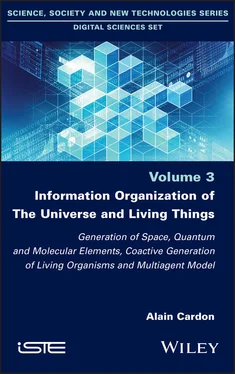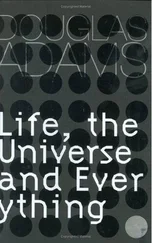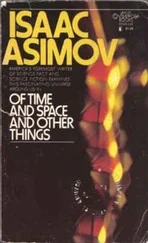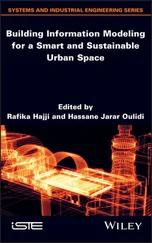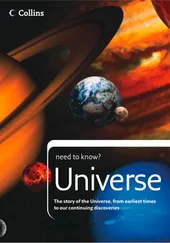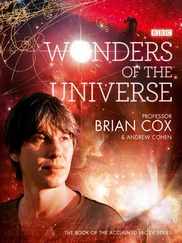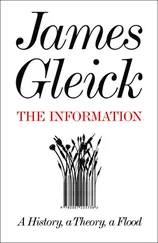We therefore propose a model considering the whole universe as a fundamentally informational and self-organizing system, composed of what we will call informational fields making up the elements of activity in the generated space, the Universe being in constant expansion. The structure of any produced element of activity will thus be considered as both material and informational, and the organizing informational fields will exist at all scales of physical elements. The Universe will thus be an organizational emergence on a substrate of informational energy that produces incentive control, which will be the application of the organizational law that we will define precisely.
In the model describing the generation of the Universe and all its elements, including the living organisms on Earth, by explaining the communicative action of genes, we therefore pose a central hypothesis which specifies that the Universe has an informational substratum, that everything is based on the generation and action of informational fields which use a basic informational energy and that this activity is subject to a law of multiscale incentive organization. We will show that the formation of the Universe can be represented by an informational program which generates its elements and uses a considerable dynamic memory for the control of the operations and which will be its informational substratum.
We will develop the reasons for the creation and evolution of life on Earth. The model will be based on the notion of communication between all the generating and generated elements enveloped by what we will call physical and informational membranes and which exchange information with incentive values specifying morphological modifications in these fields and thus in the generated organs. We will show that the organizational law can produce specific local bifurcations and that it is the case on the planet Earth which produced all living beings. We will show how the control that allows the modification of the organizations is carried out by introducing the notion of a morphological pattern, an informational element that alters the communications, that allows for modifying the action of the genomes and thus for evolution to occur, and that allows the psychic systems of human beings to have fundamental drives and tendencies. This will make it possible to show how and why terrestrial life was constituted, how and why sexuality was formed for the reproduction of organisms and how and why innumerable very sophisticated and intercommunicating species were formed, making up the Gaia system. We can then say that all life on Earth is based on an informational organization and that it is desirable that we apprehend well this type of information in its domains, in order for humans to position themselves in evolutionary social structures that are really shared by the use of fundamental communications, moving towards ethical, cultural and peaceful societies.
We will therefore present what this generating information is, how the informational fields operate in communications, how the informational envelopes of quantum and molecular elements are formed. We will present the informational law that allows the substrate of informational energy to incite the realization of material aggregates, then of stars and planets. We will see that we can use the notion of agent, which has been deeply developed in computer science, by defining informational agents representing physical elements in the Universe. Then in the second part, we will present how the generation of life on Earth was achieved by explaining why and how there was a continuous evolution of the formation of all species, how reproduction permits the generation of new organisms forming groups and then new species.
The informational model presented is an attempt to unify many scientific fields analyzing all the elements that make up the Universe, starting from the quantum elements and going all the way to the living organisms on Earth.
Part 1 Informational Generation of the Universe
1
The Computable Model, Computer Science and Physical Concepts
We will first specify the foundations of computer science considered as the science of the calculable, and then expose the general physical theories on the situation of the elements of the Universe.
Computer science, as a science, is based on the computable model of functions and compositions of functions, which is the Turing model. In its applicative aspects, computer science today has considerable technological applications that invest all types of production in the world, that have upset the use of communications and the manipulation and processing of the knowledge used. We will present the fundamental model on which the calculable functions are based and we will see that we must go towards another model of information manipulation to conceive at the informational level the generation of the space of the Universe and the elements constituting it.
Mathematicians and computer scientists have been interested in the classes of functions that can be calculated with algorithms, which are automatic calculation processes understood as sequences of instructions defining the values that the variables of the activated functions take. An algorithm is therefore a sequence of instructions that calculates the value of various specific functions, and is defined by its various steps.
The mathematician Alan Turing, in 1936, before the invention of the first computers, posited the existence of an abstract machine capable of calculating all the values of any mathematical function defined on the integers according to an automatic process. Such a machine consists of an infinite tape for storing data and has two parts – one used to read the new data and the other to store them. These data are numbers, which are interpreted by a reading system and written by a writing system and which transmits the read values to the instructions of the machine which uses them to produce the result, which is another sequence of numbers placed in the memorizing part of the tape (see Figure 1.1). There is thus a reading–writing head which makes it possible to specify the actions for processing the instructions. The machine is, at each step of calculation, in a state which is represented by a certain numerically indexed symbol and it is given a precise quantity of these states during its construction. The program of the machine is a set of instructions processing the read values to produce a numerical result. Each instruction has two parts: its trigger to activate and its action to process the value read from the tape. The correct instruction is activated by the trigger and it reads and processes the digital data that is being accessed on the read tape. Its action is to use and rewrite this value read in the same cell of the tape so that it can be used by other machines and then to move the reading head by one cell or not to move it, and then possibly to change its state to specify another one.
An elementary instruction of the Turing machine thus has the form of the following quadruplet (q i, S j, S k, q s) with:
q iis the current state of the machine;
S jis the piece of data which is read on the reading head;
S kis the numeric character that will replace S j;
q sis the new current state of the machine after the replacement.
However, the machine can also have one of the following two forms, with D and G being the actions of simply moving the read head to the right or left without writing anything on the read–write tape:
(q i, S j, D, q s)
(q i, S j, G, q s)
This machine is totally automatic, and it is the most elementary possible with regard to the calculations to be carried out. It is the most important universal machine in the history of computation. All the algorithms use sequences of instructions and are therefore sophisticated compositions of Turing machines, and the instructions can lead to the request after their execution to place themselves on another instruction to be executed by the famous “Go to” and this repeatedly until meeting the instruction “End” of the end of execution of the instructions of the algorithm.
Читать дальше
